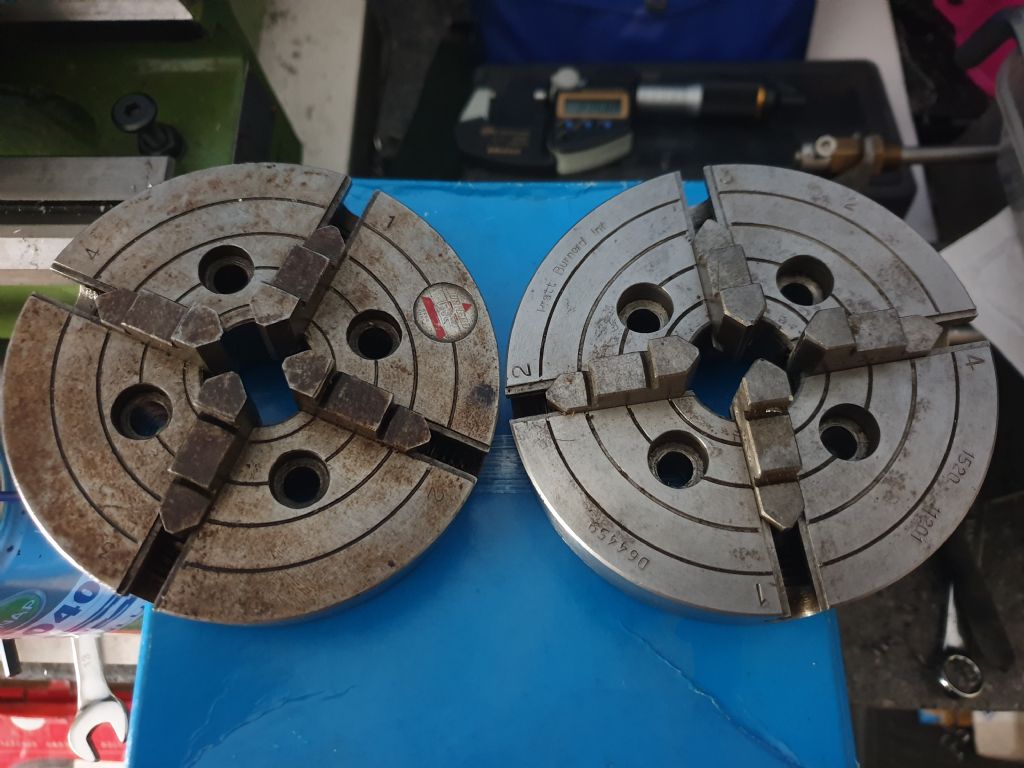Posted by Neil Wyatt on 29/06/2019 19:29:16:
Posted by not done it yet on 29/06/2019 09:07:39:
The lathe will swing 150mm over the cross slide? You could mount a lump of steel about half a metre long?
How much would that weigh? About 70kg? Supported at both ends would mean 35kg at each end?
Certainly would not be turning at full speed, of course, but gives an idea of how much load the bearings should cope with. Unfortunately, chinese bearings may not be up to snuff, so therefore there is more to consider than just the chuck weight. How long would it be run at full speed might be important, so Hopper is spot on with his assessment.
Isn't that a bit like saying that the load capacity of a Ford Transit is 15 cubic metres so it can carry 120 tonnes of steel?
That said 'Chinese bearings' should happily take vastly higher loads than that – I'd be worried about other issues.
Neil
I don’t think so. Would you hire a transit van to transport a single dust bin contents (unless of extremely hight density material such as tungsten!)?
We choose our machines to cope with the largest item we are likely to work with. One hires a transit when you need the volume, most of the time. But that is OK as long as the other limits are not exceeded (gross vehicle weight, axle loading, etc). Lathes are not quoted for load, just maximum sizes which can be swung and supported between centres. Little point in having a lathe that will swing 150mm over the carriage if it will only machine an item of one third that size, I would suggest?
-As for the quality of chinese products – bearings (or lathes) – I thought that most of us know that there can be a considerable (or even great) differences between best and worst. Cheap lathes likely include cheap bearings. Maybe not the worst (**LINK**), but not the best, all the same.
Somehow, I don’t think that some machines on the market would be blessed with ‘bearing longevity’ if used at the maximum capacity for too long! Many are only rated for ‘light use’ by the supplier, so are clearly limited in the amount of work they can be expected do in a ‘working lifetime’.
Many on here advise fitting better quality bearings (than the original manufacture) when replacements are deemed necessary after early failure, orbpre-failure symptoms arise.
An extra couple of kilograms should not be too bad when that is only a small fraction of the machine’s gross capacity?
Edited By not done it yet on 03/07/2019 08:49:06
Clive Foster.


![20190629_102945[1].jpg 20190629_102945[1].jpg](/wp-content/uploads/sites/4/images/member_albums/44290/833935.jpg)




